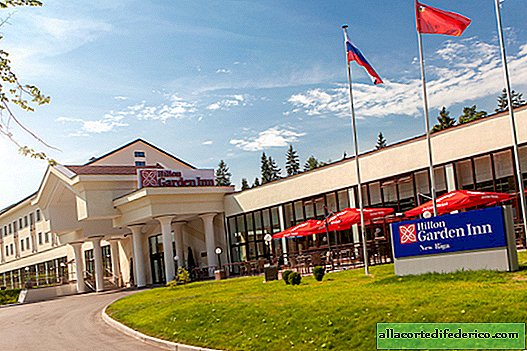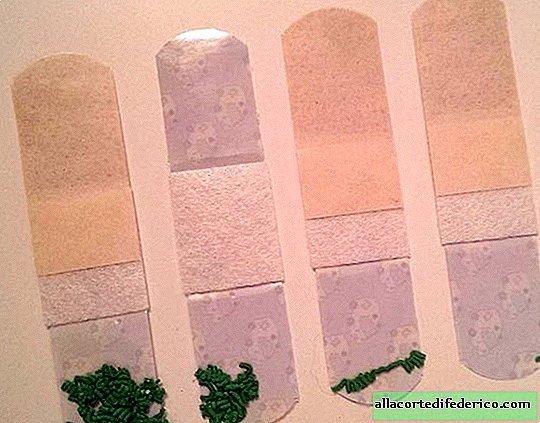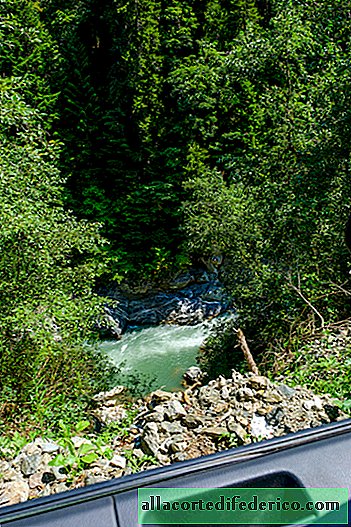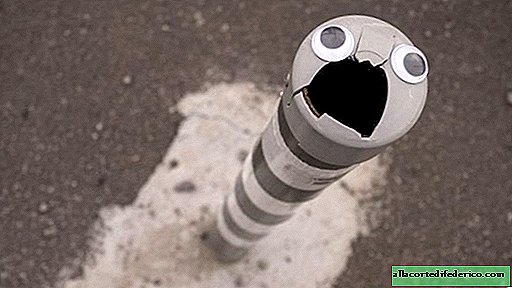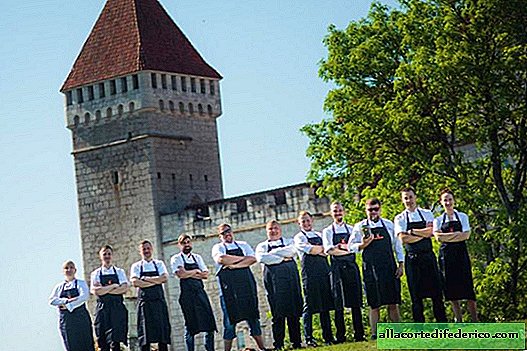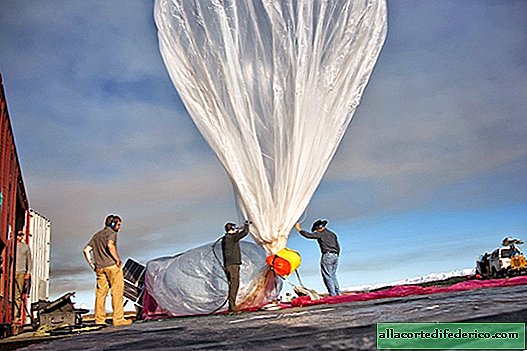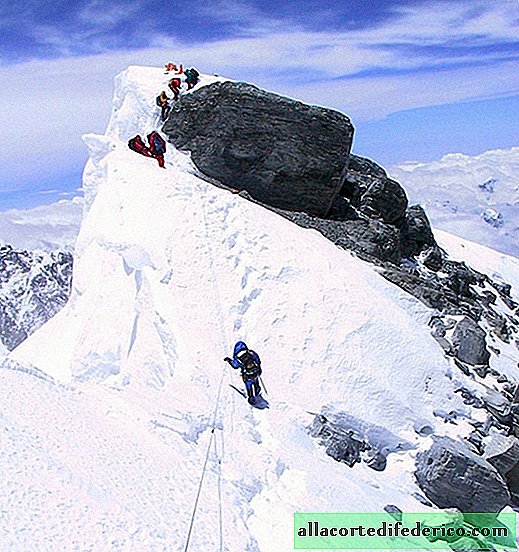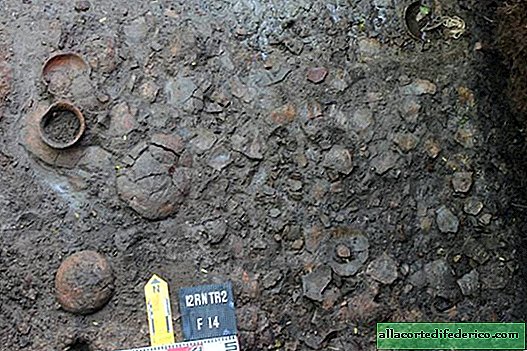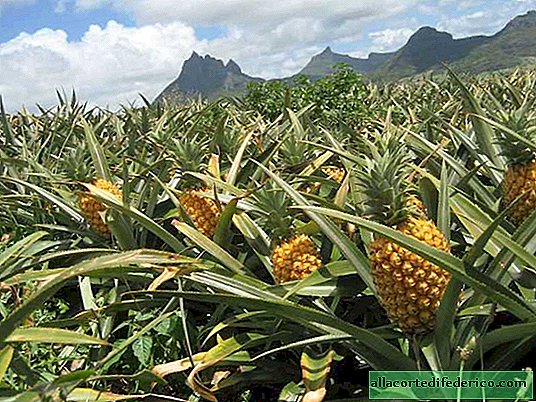Hiroshima: what a city looks like today, once turned to ashes
In Hiroshima, in general, you can completely go nowhere and not see anything. It is quite enough to just stand on this earth and try to comprehend the emotions that overwhelm you. Could I once long ago, as a child imagine that I would end up in this city turned to ashes? Now Hiroshima is a large modern city in which only a little reminds of the tragedy that occurred here.
The trip to Hiroshima turned out to be the longest for the whole trip, but it still took a little in time. Many travel to Hiroshima one day from Kyoto, but I decided to stay in the city for two nights and relax after a very busy previous days.
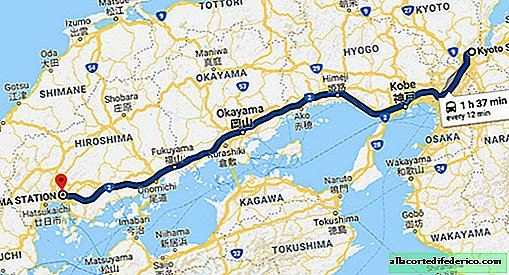
Walking in the city center:

As in Tokyo, the best view of the city was from the hotel room:

View of Hiroshima Castle:

The Gembaku Dome (Atomic Dome) is one of the few buildings that survived the bombing.

Before the war, it was the Exhibition Center of the Hiroshima Chamber of Commerce. The building was only 160 meters from the epicenter of the explosion. The ruins were preserved intact as a gloomy reminder of the events.

Historical photo. Most of the buildings in the city were made of wood, and they were easily destroyed by fire.

Across the river from the Atomic Dome, on the island, is the Peace Memorial Park. Monument to the Japanese girl Sadako Sasaki, who was not far from the epicenter of the explosion and who died 10 years later from radiation sickness (Children's peace monument):

According to an ancient Japanese legend, if a person puts down a thousand paper cranes, then he can make a wish that will surely come true. Sadako was folding cranes in the hope of overcoming the disease, but her wish was not fulfilled. Paper cranes are now sent from all over the world, some of them are exhibited in glass display cases around the monument.

At the Flame of Peace monument, a fire burns that will be extinguished when nuclear weapons disappear on Earth. The eternal flame, in general. At the foot of the monument is a plate in Russian. The stone sarcophagus contains the names of the victims of the bombing.

A terrible exhibition at the Memorial Museum of the World, which contains photographs, stories of eyewitnesses and things left after the tragedy. Unfortunately, this is not the only such museum in the world, the 9/11 Museum in New York evokes very similar feelings.

Map of the city with the epicenter of the explosion, a bomb exploded 600 meters above the surface of the earth:

Each region of Japan has its own famous local food. A dish popular in Hiroshima is okonomiyaki, a fried tortilla with various fillings.

Fast food, a cake is cooked right in front of you, very tasty. But in Japan, everything is delicious, the gastronomic part of the trip is quite self-sufficient.

In the morning we went to the castle. All buildings are modern, the castle was completely destroyed during the bombing. A very strange feeling when you read this in the description of each attraction.

The original castle was wooden, the restored building is reinforced concrete and does not try to disguise antiquity. Inside the castle is now a museum.

View of the city from the observation deck of the castle:


Fish soup:

In the cafe in the courtyard another exotic ice cream was sold from tofu, sake, sesame and other goodies.
From the castle we moved to the Sukkayen Garden. The garden was unexpectedly impressive and turned out to be one of the most memorable for the whole trip.

We watched a photo session of a Japanese couple:




In the garden there is a tree that has survived a nuclear strike.


